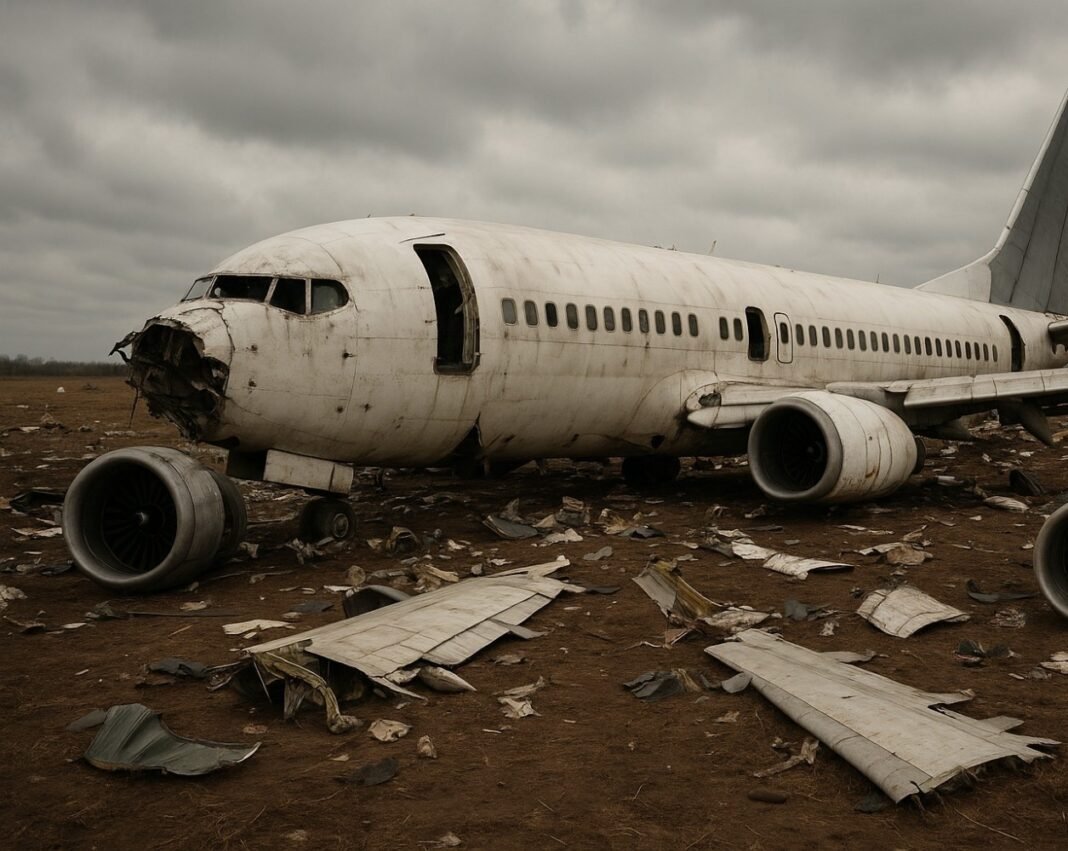A tragic aviation incident unfolded in Russia on Thursday, July 24, when a passenger aircraft operated by Angara Airlines disappeared mid-flight and was later confirmed to have crashed. The aircraft, which was carrying 50 people on board, lost contact with air traffic control while attempting to land at Tynda Airport in Russia’s Far East region, close to the Chinese border.
According to reports from Russian news agency Interfax, the aircraft involved in the incident was an Antonov An-24, a twin-turboprop plane that has been in service for several decades. Regional authorities confirmed that the flight was en route to Tynda in the Amur region when it suddenly vanished from radar during its landing procedure.
Vasiliy Orlov, the governor of the region, stated that preliminary data indicated a total of 49 individuals were on board the ill-fated aircraft—comprising 43 passengers, including five children, and six crew members. The plane was making a second attempt to land when it disappeared.
Initial information suggests that the aircraft’s first landing attempt had failed, prompting the pilot to circle around for another try. During this second attempt, the aircraft reportedly encountered poor weather conditions, which may have played a critical role in the tragedy.
A report by The Indian Express cited early findings indicating that pilot error might have been a contributing factor. According to these sources, the pilot may have struggled to maintain visibility due to adverse weather during the landing approach, leading to the fatal crash.
The aircraft was reportedly nearly 50 years old, with its tail number indicating that it was manufactured in 1976. Such aged aircraft are still operational in certain regions, especially where newer fleets are limited. However, the crash has reignited concerns about the use of older planes for commercial passenger service.
Search and rescue operations were promptly launched once the plane lost contact with air traffic control. Helicopter crews deployed to the area eventually spotted the wreckage. The burning front section of the plane was discovered on the ground, leading emergency teams directly to the crash site. The Russian Emergency Ministry confirmed that suspicions of a crash were raised within minutes of the plane vanishing from radar.
While the exact cause of the crash is still under investigation, airport authorities in Tynda have refrained from assigning blame. They confirmed that the aircraft was indeed on its second landing attempt, but emphasized that no conclusive evidence has yet been presented regarding pilot error or technical failure.
This incident adds to the growing list of aviation accidents in remote parts of Russia, where challenging terrains, outdated aircraft, and extreme weather frequently pose difficulties for both pilots and emergency response teams. The mountainous and forested regions of Siberia, where Tynda is located, often present hazardous flying conditions, particularly for older aircraft models like the An-24.
Angara Airlines, based in Siberia, has not released an official statement regarding the crash at the time of this report. However, aviation experts are expected to conduct a thorough investigation into the aircraft’s maintenance records, flight data, and cockpit communication in order to determine the precise sequence of events leading up to the crash.
As rescue teams continue to recover debris and search for potential survivors or victims, the tragedy has cast a somber mood across the region. Families of those on board are being supported by local authorities as they await further updates. The Russian aviation community and international observers alike are closely monitoring the investigation’s progress.








